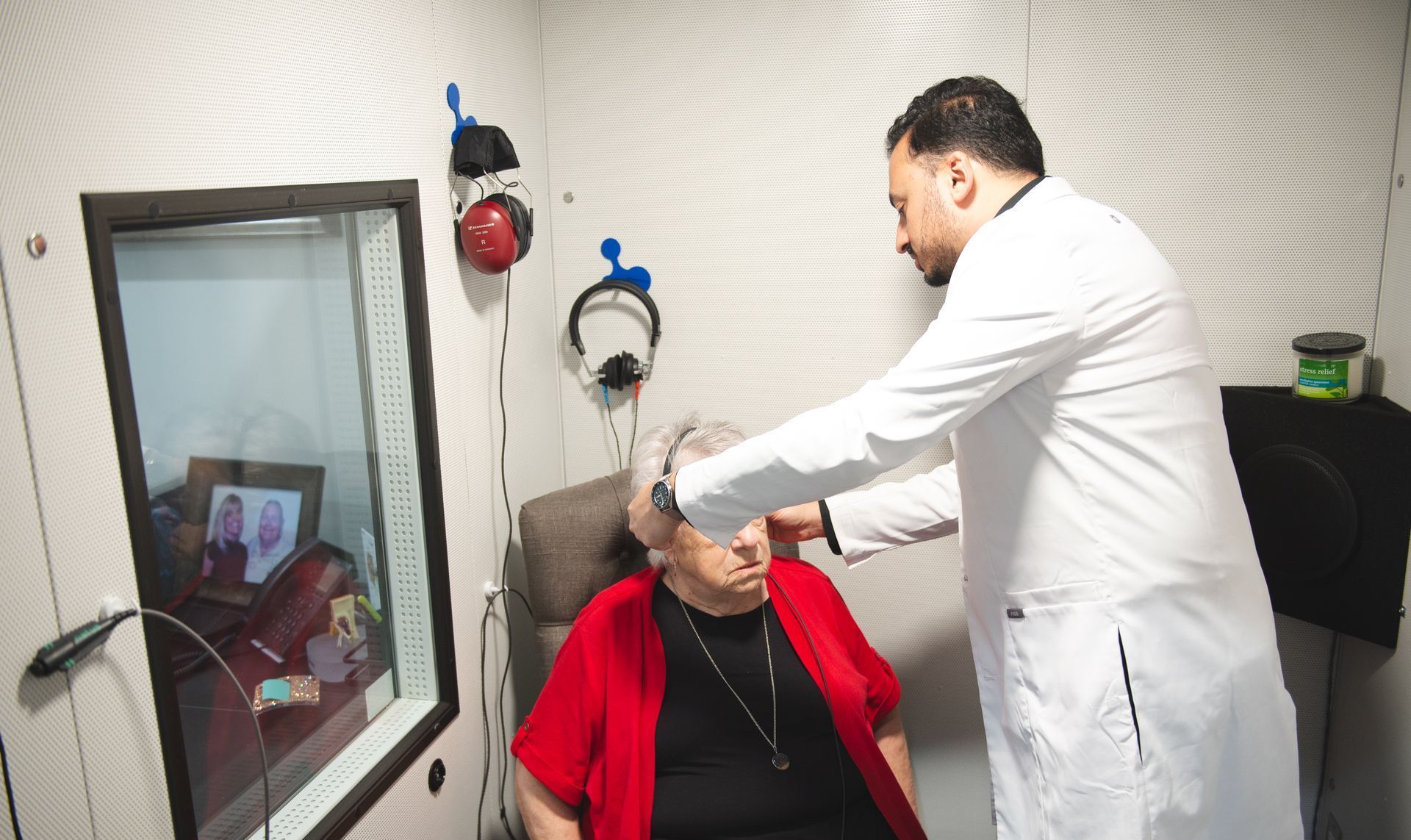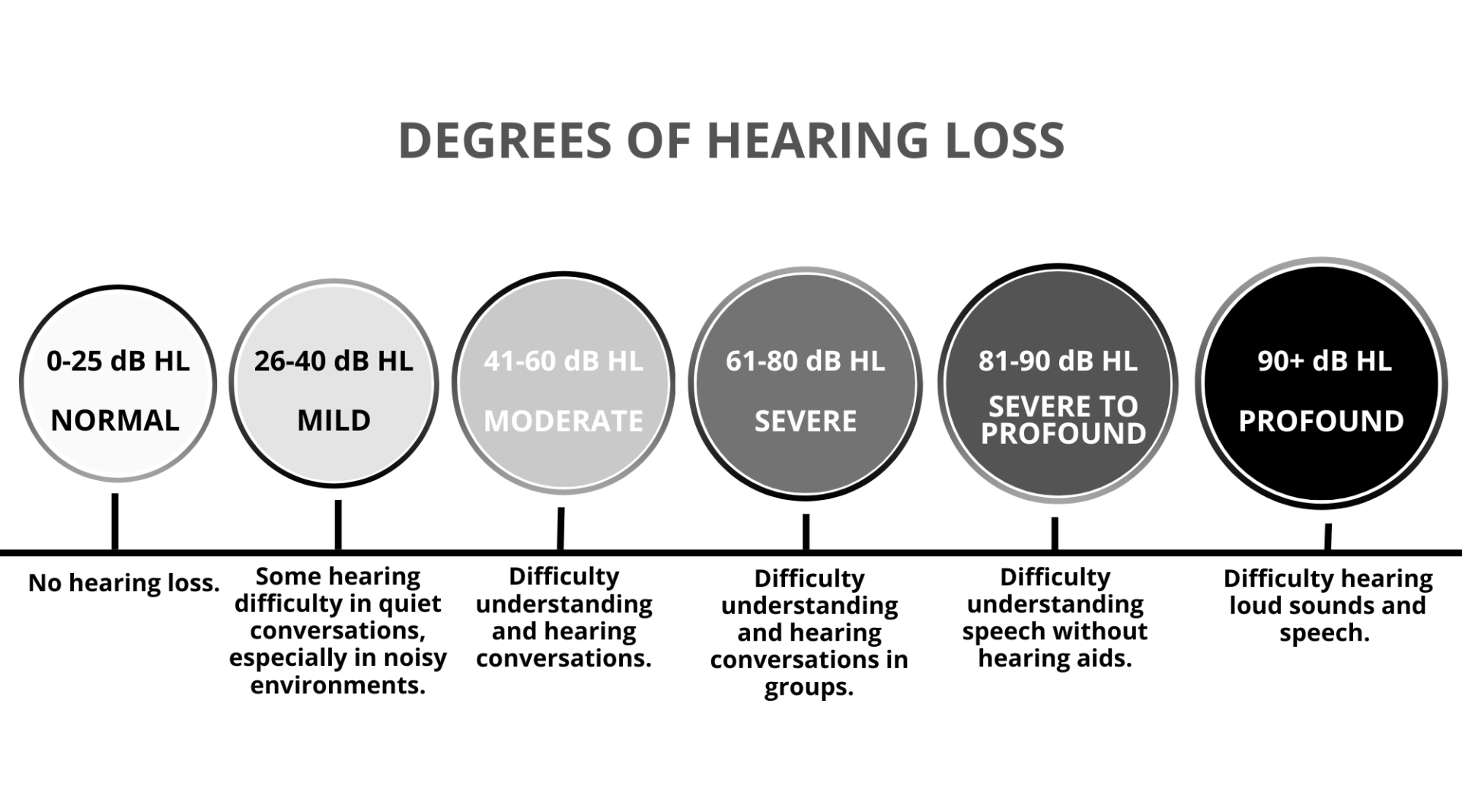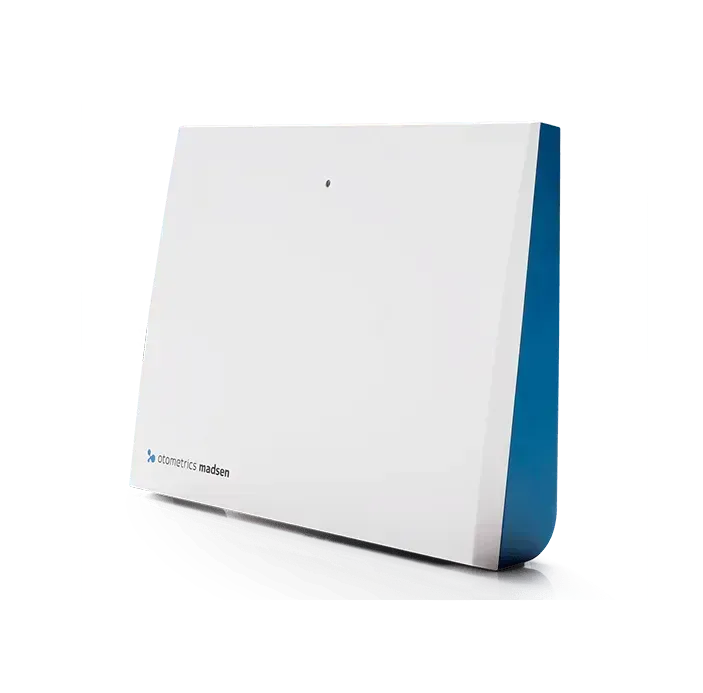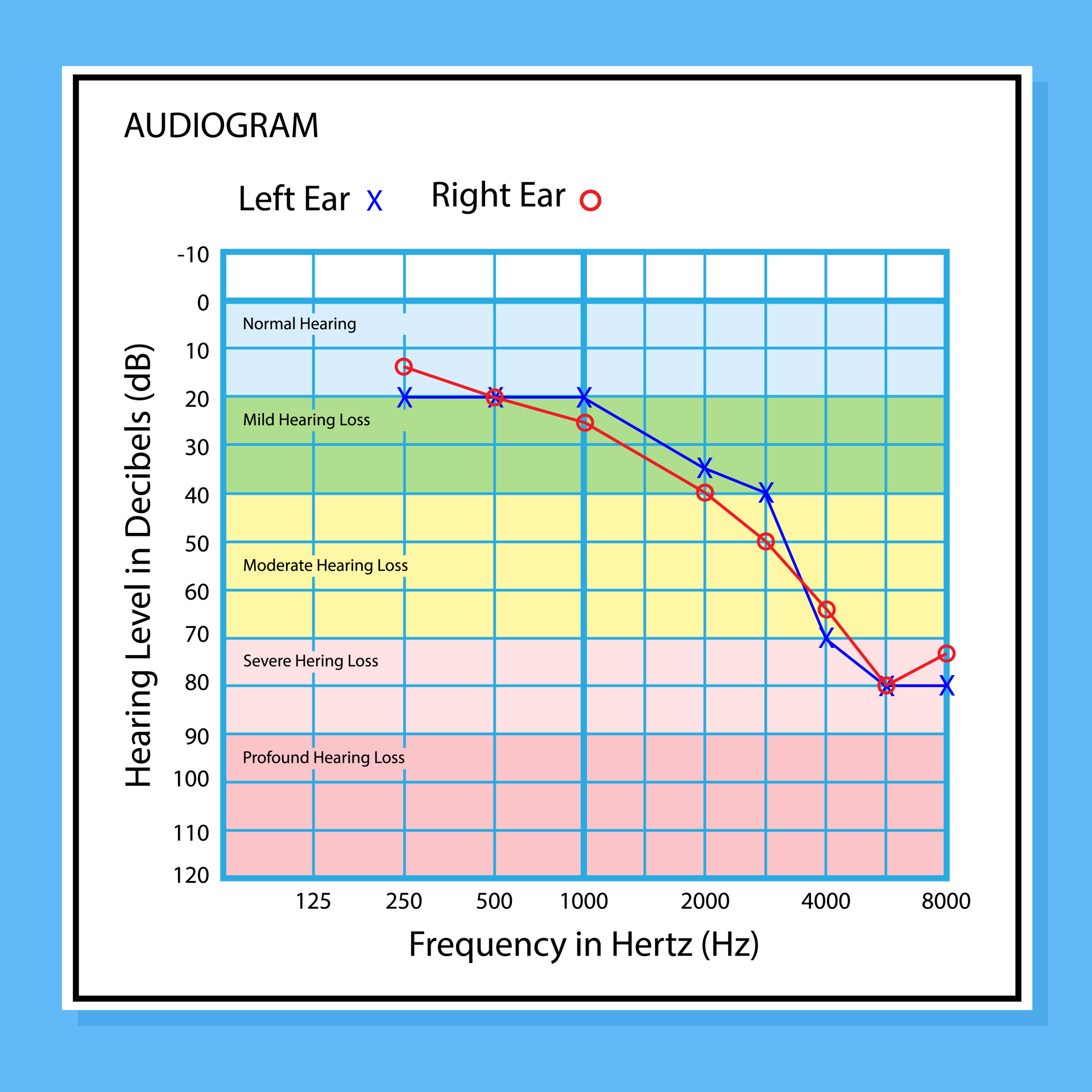Comprehensive Guide to Understanding Your Hearing Evaluation Options
Diagnostic Exam and Video Otoscope
It enables us to examine external and internal ear with video technology. Before using a video otoscope, our professional audiologists conduct a diagnostic examination of your ears.
Video Otoscopy enables us to observe the ear canal and eardrum. It proves to be highly beneficial to understand the conditions that affect the ear. Consequently, we become able to suggest a condition related treatment.

Tympanometry
Tympanometry test is the assessment of middle ear and its ability to transmit sound energy by creating variations of air pressure in the ear canal with the Tympanometry machine. It presents a graph called, tympanogram that examines the movement of eardrum during the process.
Equal pressure on both sides of ear drum means sound can pass through normally. Tympanometry tests are also conducted for Tinnitus.

Air Conduction
Air conduction testing is the procedure of determining auditory sensitivity. Air conduction is the initial measurement for subjective hearing loss.
During air conduction testing, the sound vibrations are transmitted to ear drum to identify the obstructions in the outer, middle, and inner ear. This type of audiometry effectively measures the level of hearing loss.

Bone Conduction
Does the phrase “Hearing Evaluation” intimidate you? No need to get worried. Bone conduction is a simple and painless hearing evaluation. The process is very quickly completed. The result of this test will help your doctor to pinpoint the exact site of the problem.
This helps identify the best treatment plan for your hearing loss based on your specific needs.

Speech Testing




